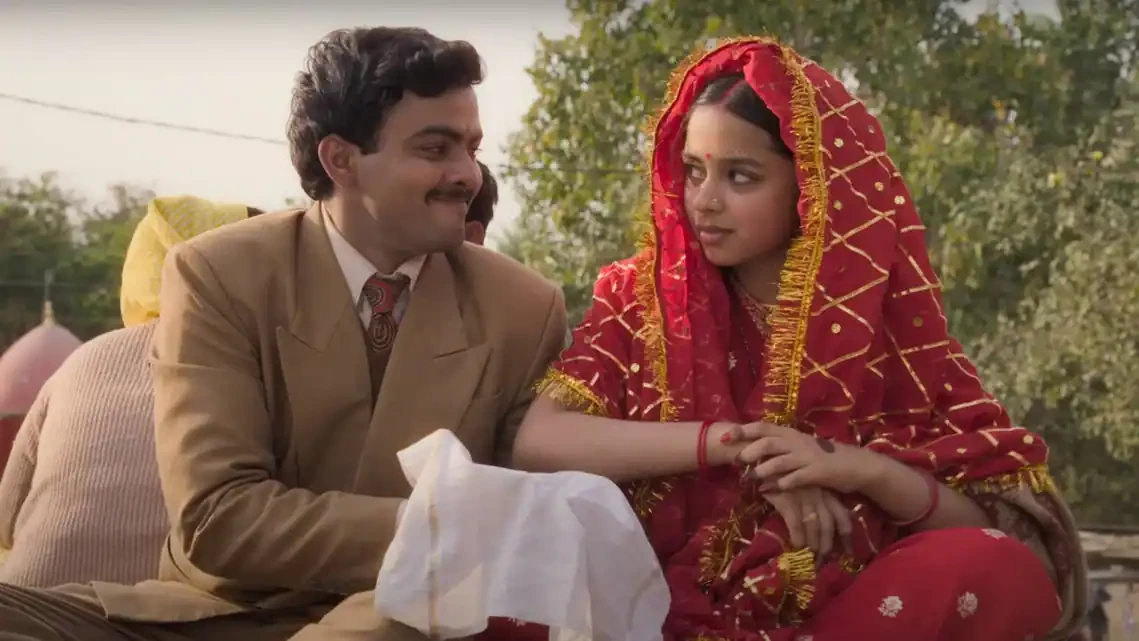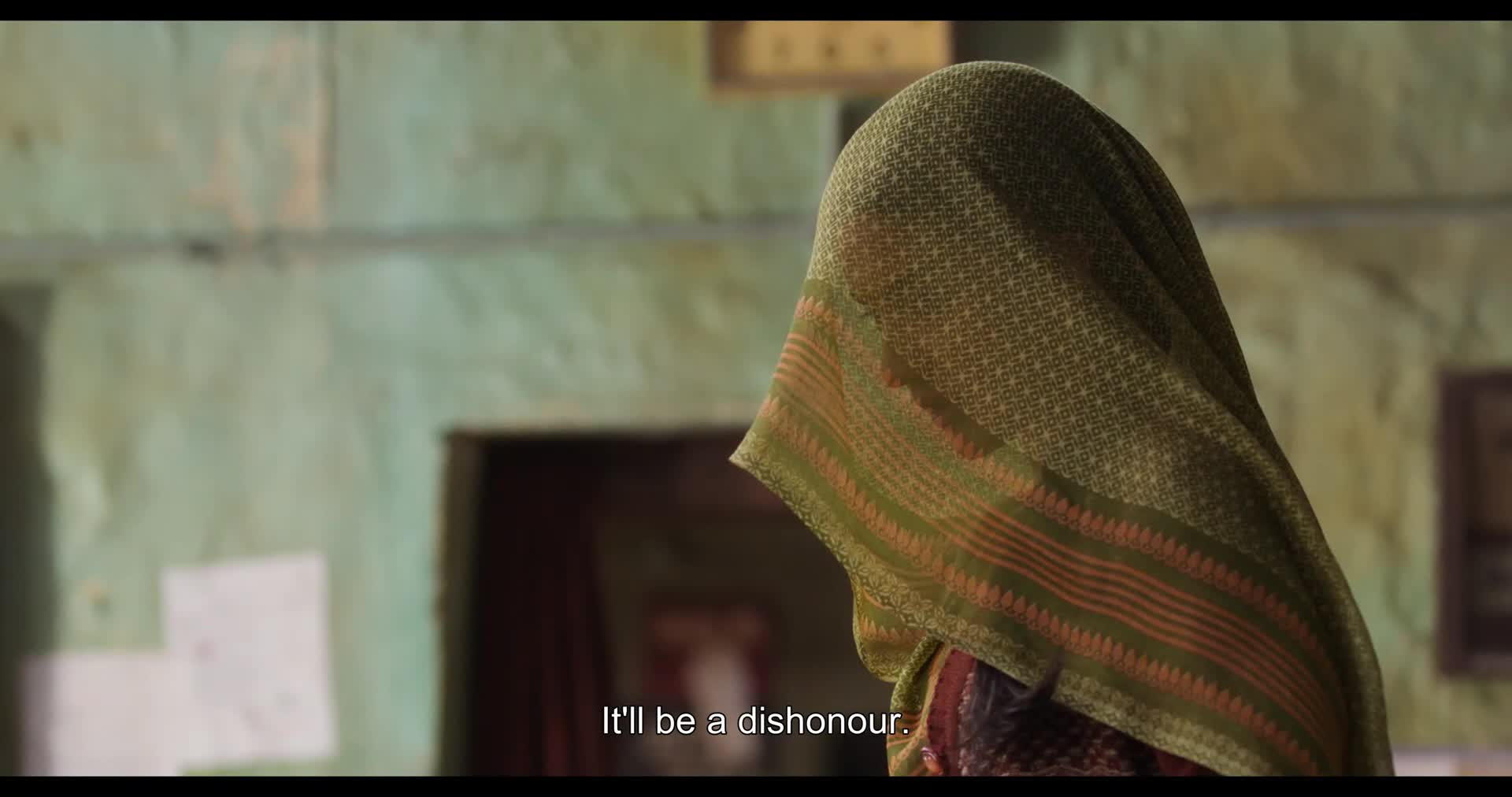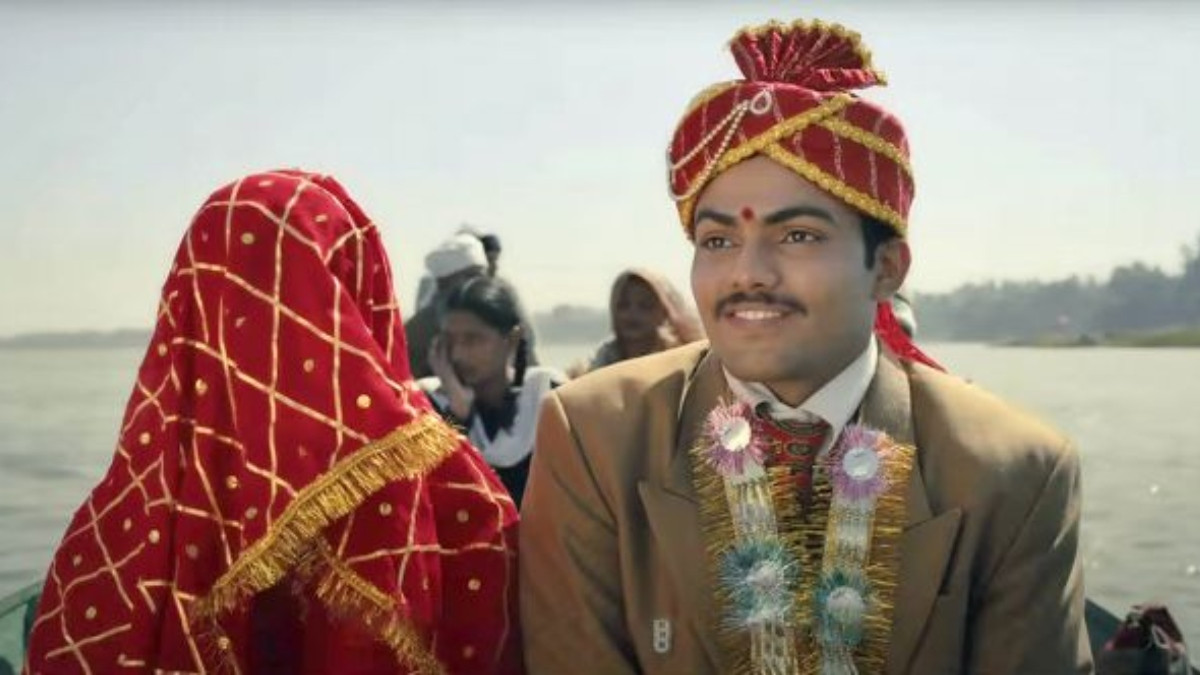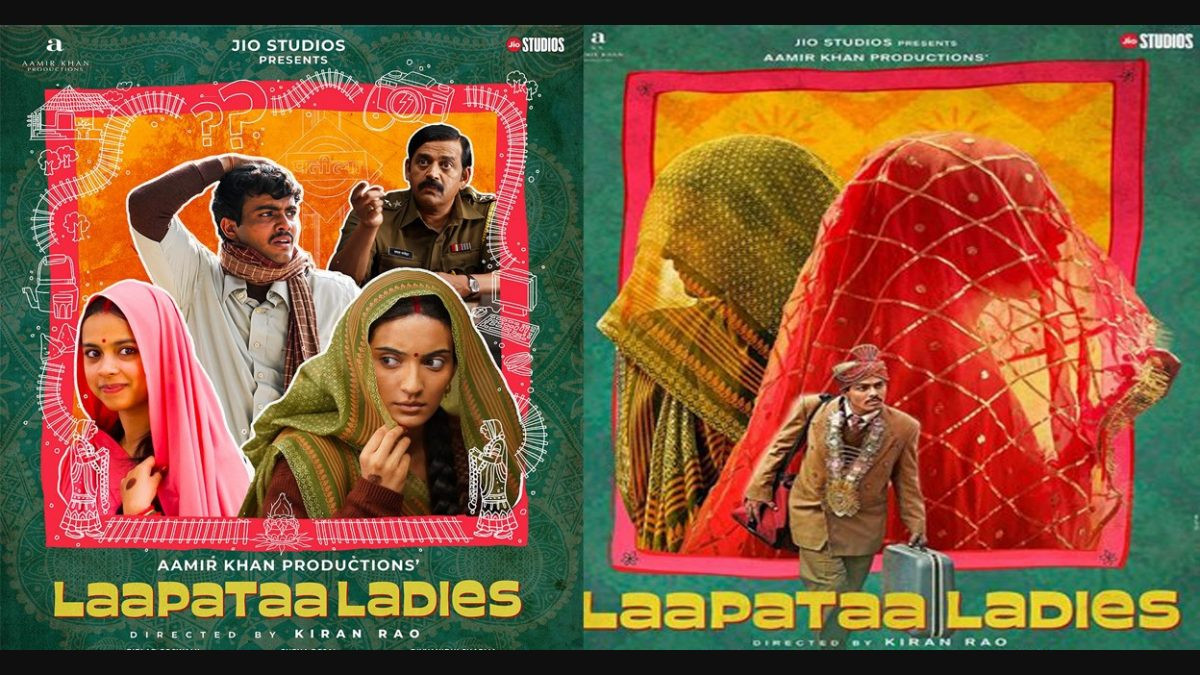It may have taken her 13 years to return with only her second feature film as a director, yet with Laapata Ladies, Kiran Rao proves that she values quality over quantity, a valid reason for her absence from the director’s chair. She gave the project the dedication it needed, besides polishing it so well that it would have made William Shakespeare — the king of mistaken identity stories — proud.
Kiran Rao’s last work as a director Dhobi Ghat came out in 2011 and was considered ahead of its times, however, she decided to go ‘back in time’ with her second flick. The film doesn’t have a famous actor in the lead, features mostly newcomers in supporting roles, and brings back those faces who should be in movies but aren’t. Add to that the way she criticises societal evils including women empowerment, women's education, dowry, and patriarchy and you have a film that will be remembered for a long time!
The Plot
Laapataa Ladies revolves around Deepak (Sparsh Shrivastav) and his troubles which begin when he mistakes another man’s wife for his own, that too while descending from a crowded train in haste and later spends his time searching for her in vain. The ‘switch’ was possible because both the brides were dressed in identical clothes, and covered themselves in a manner that hid their faces, from everyone but themselves.
Unknown to Deepak, the bride he manages to bring with him — Jaya (Pratibha Ranta) — has other things in mind; at the same time, his lawfully wedded wife Phool (Nitanshi Goel) waits for fate to intervene so that she can be with the man she was originally intended to be.
The story takes place in a fictional village named Nirmal Pradesh in 2001 when the primary mode of communication was telephone, and the secondary was fax. Enters Sub Inspector Shyam Manohar (Ravi Kishan) who suspects the wrong bride for the right reasons and begins his surveillance, which results in hilarious situations and conclusions.
Will Deepak and Phool get back together, will Jaya manage to do what she intends to, and will the police succeed in their mission, Laapataa Ladies has all the answers.

The Good
Adapted from a story by Biplab Goswami, and set in rural India, Laapataa Ladies is a sharp satire that shocks you with its clever social commentary. Like Aamir Khan’s earlier flick Peepli Live which explored the topic of farmer suicides and the subsequent media and political response, this flick also revolves around a young farmer's dilemma but in another way. It makes the audience understand their troubles aside from farming, their family issues, and how they deal with them.
By opting for the case of mistaken identity technique, the director manages to create hilarious situations out of thin air and succeeds in keeping the audience interested with a gripping screenplay. Since the three actors selected for the leading characters are newcomers, the audience doesn’t expect anything good or bad from them, which is one of the reasons why their interest piques as the story moves forward.
Before saying anything about the film, one must acknowledge these actors — Sparsh Shrivastav carried the whole film on his shoulders and was assisted by fellow newcomers Pratibha Ranta and Nitanshi Goel. He looked so troubled after the mishap that one felt sorry for his existence; he wasn’t like that throughout the film, making his performance even more powerful.

As for the two ‘brides’, they share a heartfelt sisterhood even though they spend most of their time away from each other. Using new actors for the terrible mix-up was a masterstroke because the viewers saw the characters, not the actors playing them which wouldn’t have been the case had one of them been a known entity.
The film's surprise package was Ravi Kishan who played the corrupt police officer with a heart of gold. He not only provided comic relief in the plot but was also the main reason why the plot became interesting as the film progressed; the way his character appears, the way he speaks in the local dialect, and the way he does his job is what makes him noticeable. Not many know but he has been around since the early 1990s, but the kind of exposure this character gave him proves that all good roles come to those who wait.
The art direction, the diction of all the other characters, the background score, the cinematography, and the humour in the script are spot on, the best thing was the criticism of the ghungat which is still followed in some parts of the world. The message the film delivers is also very subtle; had it been overbearing; it would have affected the film. Once you are through the movie, you will realise why teaching your daughters is the right thing to do, why every woman should be treated as an individual, why dowry is still considered an evil, why a woman doesn’t need a man to live her life, and that there are the many ways to save your crop, besides using pesticides.
The screenplay and dialogues by Sneha Desai take you to simpler times when films like Bareilly Ki Barfi were produced and appreciated. The way she has incorporated the supporting characters is something only a well-read person who has seen the world can do otherwise the hardened-by-life middle-aged tea stall owner Manju (Chhaya Kadam) wouldn’t have remained in the minds of the audience even after they had ended the film.

The Bad
There isn’t much wrong with the Laapataa Ladies except that Ladies was misspelled in the Urdu title. Also, it would have been better had Pradeep (Bhaskar Jha), the fourth person in the story of two couples, had more scenes since he seemed interesting enough at first. He could have been adjusted in the movie had the editor Jabeen Merchant not been swept away by the presence of women around her.
The film also marks Ram Sampath’s return as a music director but there were just four songs, when there could have been at least six. Although the characters created for the film were picture-perfect, some of them were just one-dimensional such as the elderlies, the station master, the ‘Abdul’, and others including the guy who just wanted more chutney for his samosas.
Finally, something about the name ‘Laapataa’ which might have been used by the makers as a metaphor for those women in the film who are ‘missing’ living their lives their way, but is too difficult for people to understand especially in India where Urdu’s reach is not what it was supposed to be.

The Verdict
In a world of Pathaan, Jawan, and Dunki, be like Laapataa Ladies which is not just a film but a movement that instructs others that you don’t need a big budget to create something iconic. There wasn’t a fight sequence that reminded the audience of the Mission Impossible franchise, there wasn’t an inappropriate scene targeted at the youth, there wasn’t an item song that seemed forcefully inserted or there wasn’t a villain just because the script demanded conflict.
Like Vidhu Vinod Chopra’s 12th Fail, Laapataa Ladies breaks barriers by being simple and trusting its content. It makes its valid points about gender equality, unambiguously, talks about patriarchy subtly, and discusses women's empowerment impressively, all at the same time.
The best thing about Laapataa Ladies is that it not only makes you smile but also wonder and ponder; what if you were part of the culture that was depicted in the film, what if you found yourself in a similar situation, what would have happened had you not allowed the girls in your family to study, these are the many questions it tackles in its two hours and five minutes.
By not being too preachy, the director decodes the secret of preparing a recipe that will stay with the audience for a long time and a film that will always be remembered for the right reasons. In short, it is an issue-based film that keeps delivering no matter who you are rooting for; everyone wants Deepak to reconcile with his wife Phool, and Jaya gets what she deserves. How many other films can do justice to not one but three central characters, all of whom are played by first-timers?
Omair Alavi is a freelance contributor who writes about film, television, and popular culture
All facts and information are the sole responsibility of the author
